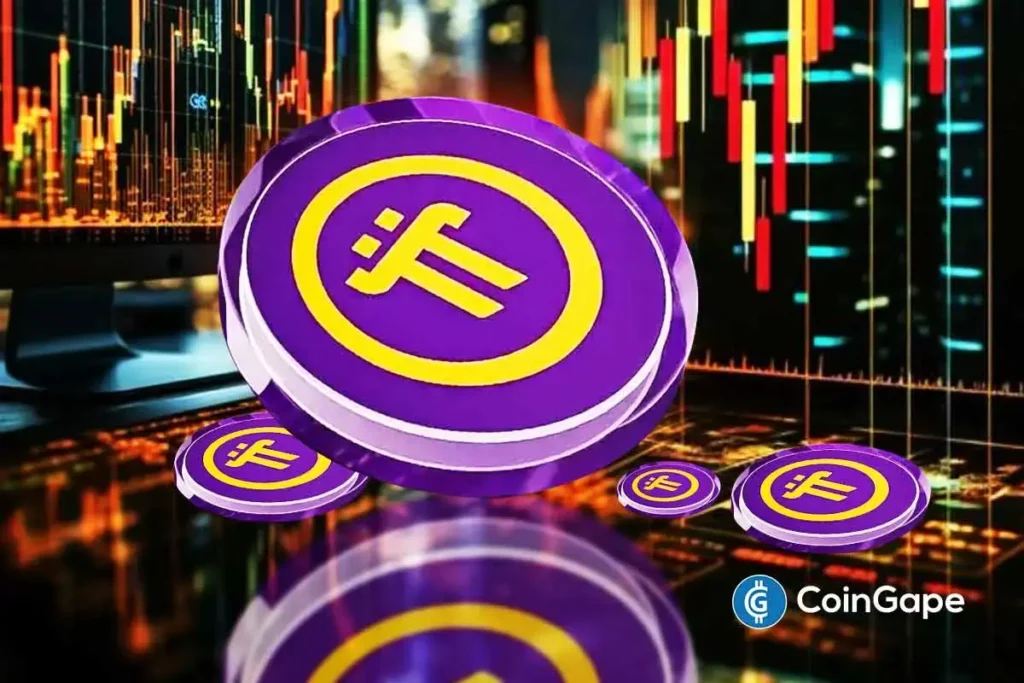The Rising Concerns Surrounding Pi Network: An Expert’s Take on Its Potential Downfall
In recent months, Pi Network has garnered substantial headlines, particularly due to its dramatic value decline from over $20 billion to approximately $2 billion—a staggering loss of more than $18 billion in a mere six months. This sharp drop has raised alarm bells within the cryptocurrency community, leading to claims from experts like Mr. Spock Ape, who characterized the situation as a “rug pull” project. With investor confidence waning and ongoing allegations about mismanagement within the core team, the project’s future appears uncertain. As the landscape evolves and Pioneers continue mining, the implications of this situation merit a deeper exploration.
Investors on Edge: Navigating the Post-Crash Landscape
The 90% decrease from Pi Network’s all-time high has left many investors grappling with the harsh reality of their investments. This downturn has not only led to financial losses but has also sparked questions about the integrity of the project. While some community members remain hopeful, buoyed by the “Global Consensus Value” (GCV) that suggests one Pi could be valued at $314,159, industry experts argue that this narrative resembles a fading myth. As the project struggles to establish liquidity and external exchange listings, a sense of disillusionment is permeating the community, particularly among those who remain dedicated to the mining process.
Leadership Under Fire: Allegations of Mismanagement
The scrutiny of Pi Network’s leadership has intensified, especially with allegations surfacing from former executive McPhilip. He has accused the core team of mishandling about $20 million of project funds and claims he was unfairly dismissed. The internal friction is further highlighted by court filings, which point to tensions between co-founders Dr. Nicolas Kokkalis and Chengdiao Fan. Reports of a “toxic work environment” date back to 2020 and have resurfaced alongside calls for transparency regarding fund and mining reward management. This cloud of uncertainty has compounded the concerns lingering over the project and its ability to regain credibility.
Diminishing Market Presence: The Fall from Grace
In conjunction with internal struggles, Pi Coin’s market presence has dramatically diminished, falling out of the top 50 crypto assets. The lack of substantial ecosystem developments has played a pivotal role in this decline, which has now erased billions in paper value. Even the project’s attempts to curb supply, such as reducing the base mining rate, have not yielded positive results. As of September, miners saw a reduction to 0.0027405 π per hour—a sign of the project’s ongoing difficulties. Notably, without bonuses, it now takes over 15 days to mine a single Pi, a timeframe that discourages many participants.
Technical Upgrades: Can They Restore Investor Confidence?
In recent efforts to improve the network, Pi Network introduced various technical upgrades, including the addition of decentralized exchange (DEX) and automated market maker (AMM) tools to its testnet. These tools are designed for developers to simulate decentralized finance (DeFi) activities. Additionally, with the launch of testnet version 20, advocates hailed this upgrade as a significant step forward towards the eventual mainnet release—intending to bolster the blockchain’s structure. However, these advancements have yet to reflect positively on investor confidence, as many remain skeptical regarding the project’s overall viability amid declining financial credibility.
A Glimmer of Hope? Fast Track KYC Feature and Future Outlook
Despite the tall hurdles, Pi Network aims to advance its user experience through initiatives like the “Fast Track KYC” feature, which streamlines user verification—addressing a major bottleneck that previously required users to complete 30 mining sessions before applying for KYC. The new AI-powered system promises efficiency, enabling earlier verification and quicker access to mainnet wallets. Yet, even with these steps forward, the ongoing financial turmoil casts a long shadow over the project. As Pi Network continues to navigate its precarious position in the market, many investors are left wondering if these measures can truly restore trust and stabilize the project in the long run.
In conclusion, the situation surrounding Pi Network serves as a cautionary tale in the ever-evolving landscape of cryptocurrency. With substantial financial losses, internal strife, and dwindling investor confidence, the project faces significant challenges. While recent technological advancements may signal a potential turning point, restoring credibility amidst ongoing concerns remains a hefty task. As the community watches closely, only time will reveal if Pi Network can overcome these obstacles and redefine its place in the crypto market.


